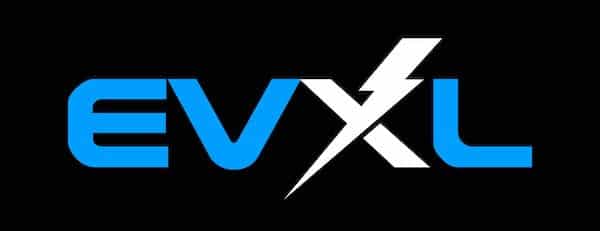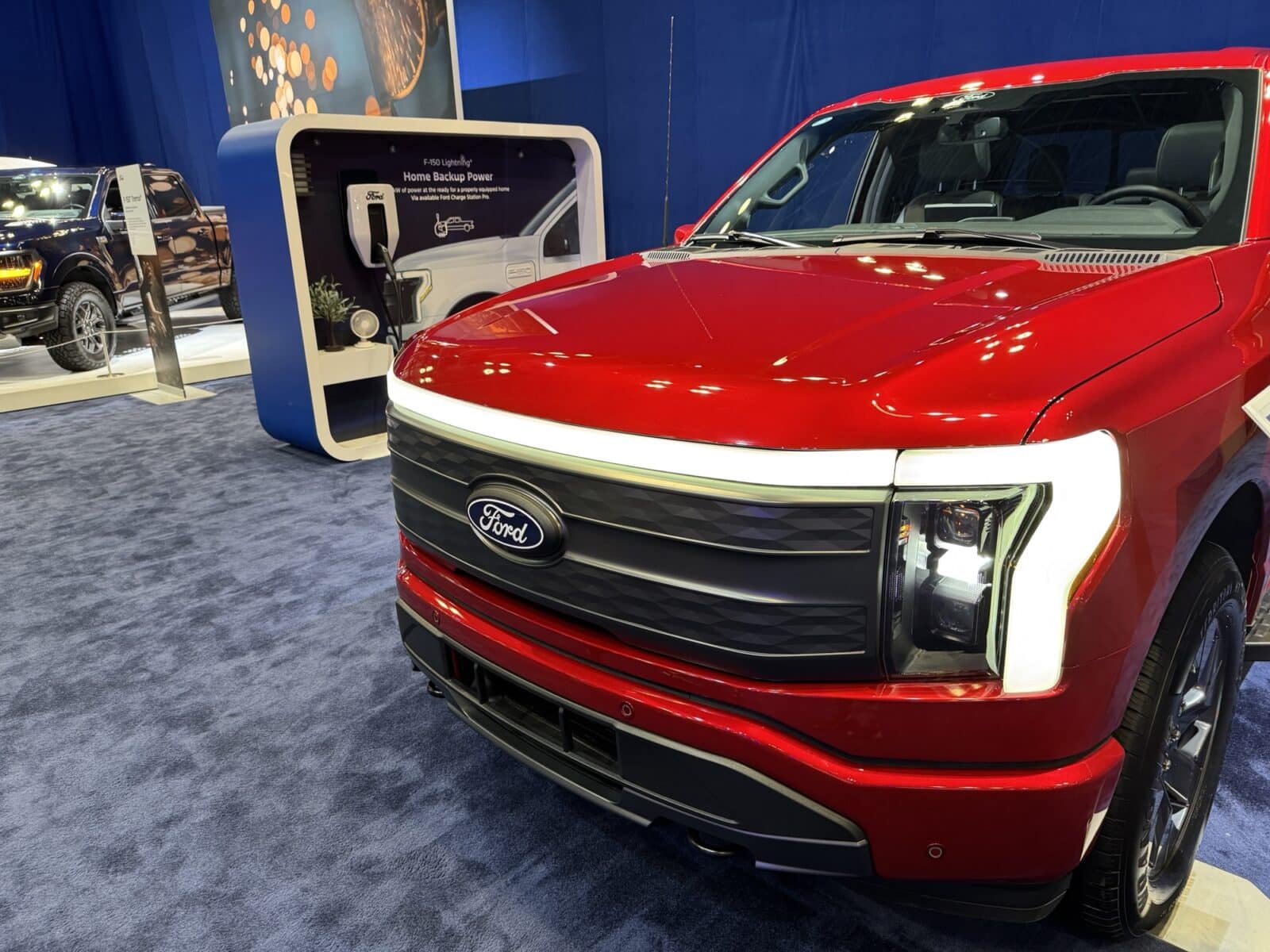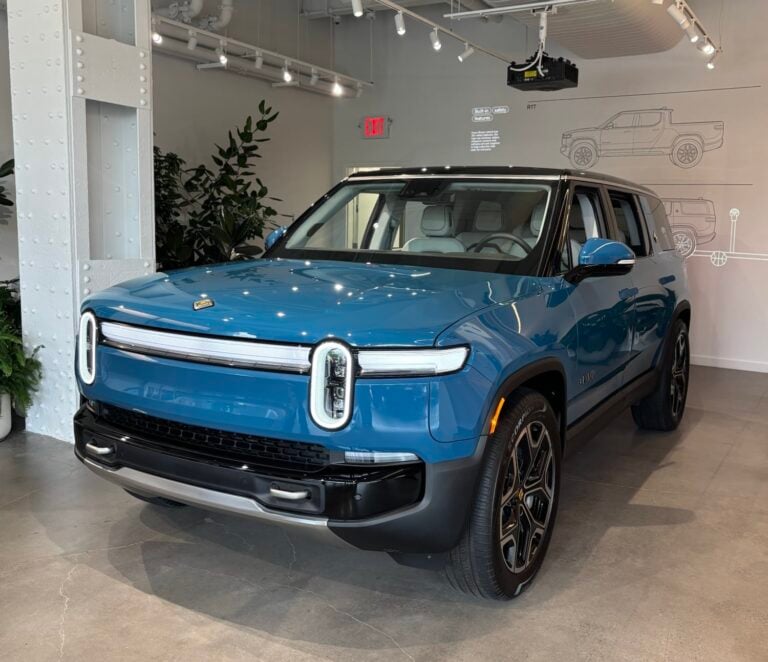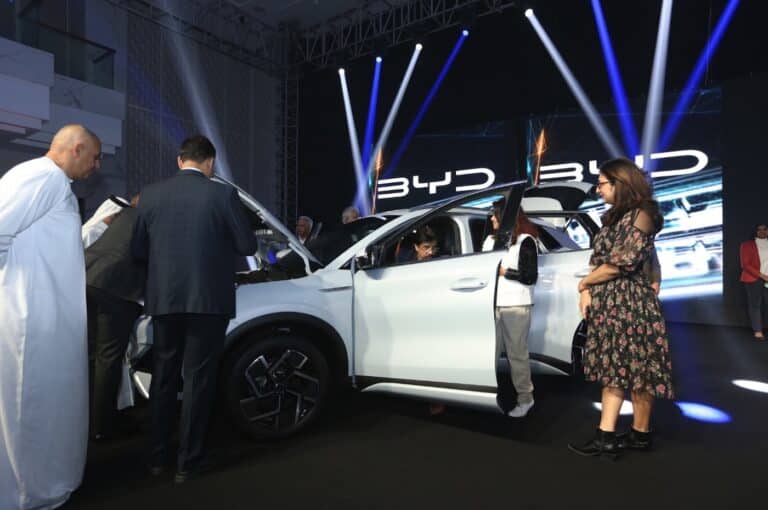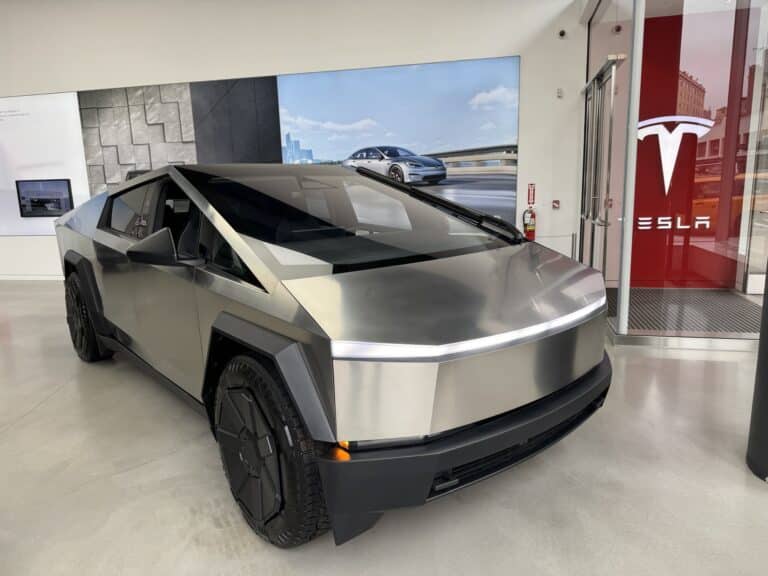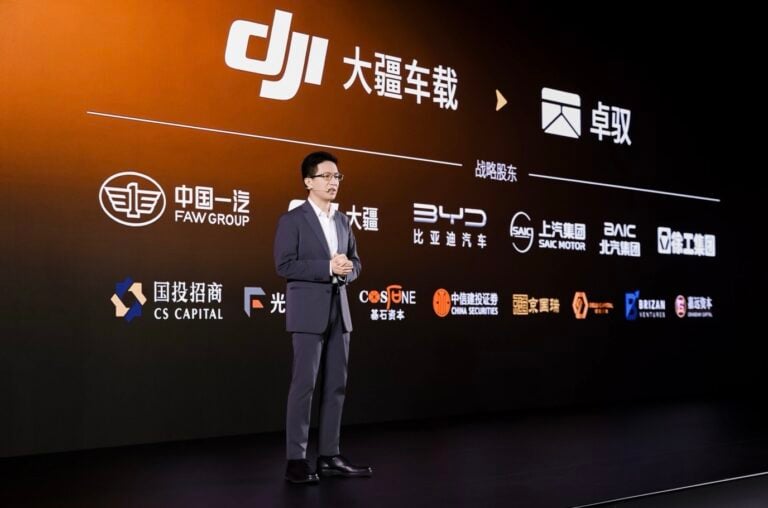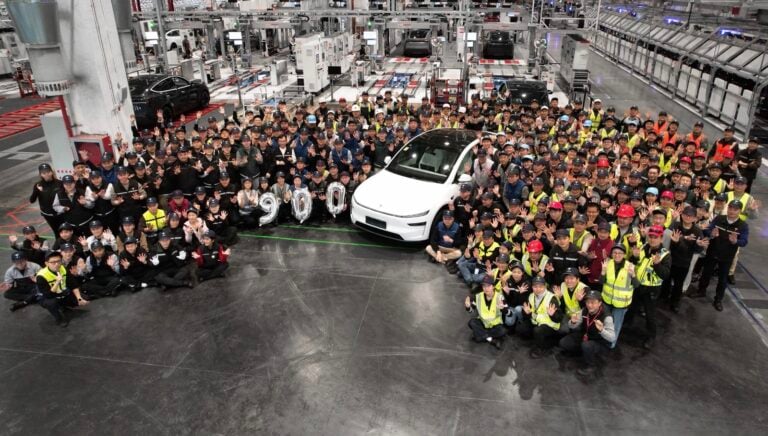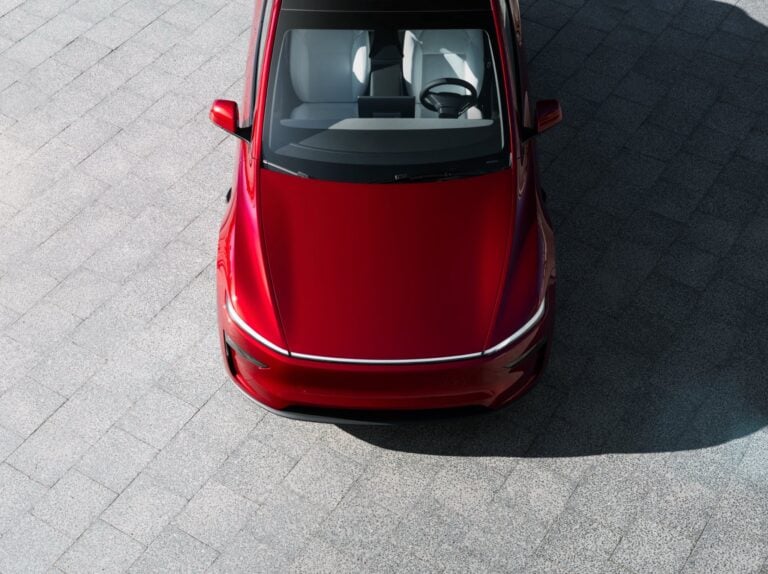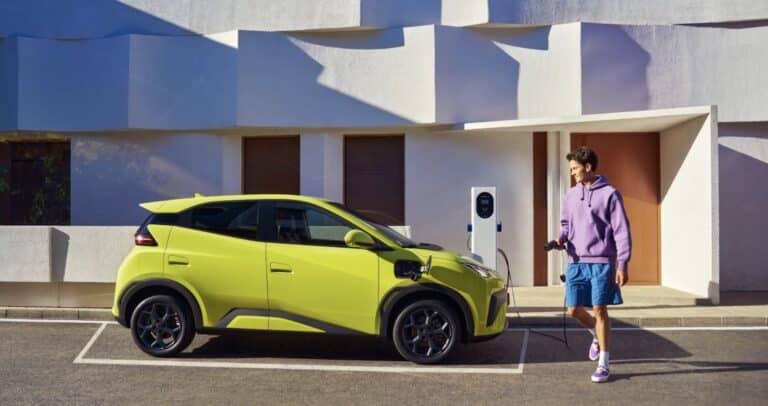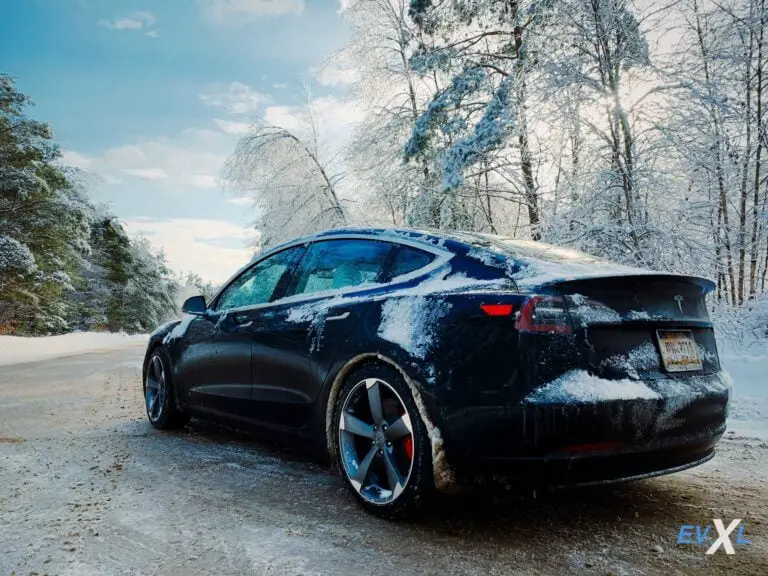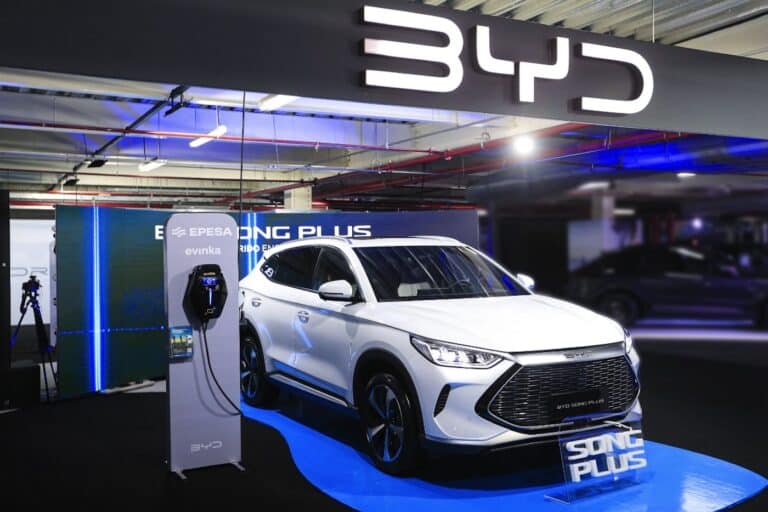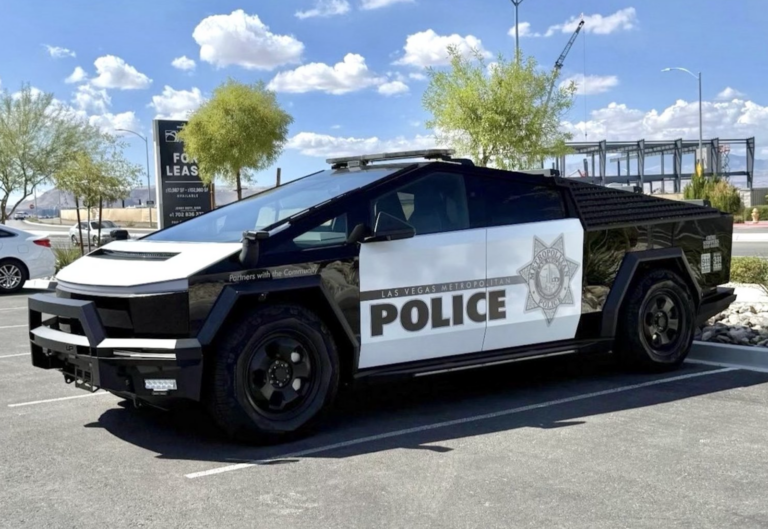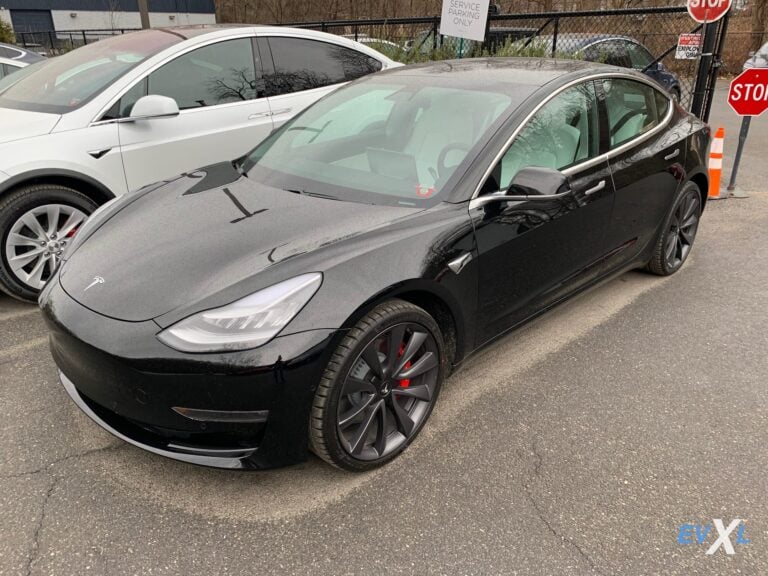Ford Motor Co. has unveiled plans for a midsize electric pickup priced around $30,000, slated for production in 2027, promising faster assembly and enhanced profitability through innovative manufacturing techniques.
Innovative EV Platform Design
Ford introduced its Universal EV Platform on August 11, which will support up to eight models beginning with this midsize pickup, according to Actualités automobiles. This truck, sized closer to the Maverick than the Ranger, offers more interior space than a Toyota RAV4. It includes a front trunk and a truck bed for versatile cargo handling. The platform’s design reduces parts by 20 percent compared to typical vehicles, with 25 percent fewer fasteners and 40 percent fewer workstations. This streamlines production, allowing the truck to be built up to 40 percent faster than current vehicles.
Executives describe the platform as revolutionary, akin to the truck itself. It employs a new “assembly tree” process at the Louisville Assembly Plant, where three sub-assemblies—the front, rear, and battery platform—run on separate lines simultaneously before integration. This approach mirrors Tesla’s gigacasting method, enhancing efficiency. Building on that, Ford aims to address longstanding challenges in producing affordable vehicles sustainably.
Battery Advancements and Cost Efficiency
The pickup will use lower-cost lithium iron phosphate (LFP) batteries from a new plant in western Michigan. Ford emphasizes that these prismatic LFP batteries mark a first for U.S. manufacturing by an automaker. This choice supports the truck’s profitability from the outset.
CEO Jim Farley highlighted the strategic shift in a statement: “We have all lived through far too many ‘good college tries’ by Detroit automakers to make affordable vehicles that ends up with idled plants, layoffs and uncertainty. So, this had to be a strong, sustainable and profitable business. From Day 1, we knew there was no incremental path to success. We empowered a tiny skunkworks team three time zones away from Detroit. We tore up the moving assembly line concept and designed a better one. And we found a path to be the first automaker to make prismatic LFP batteries in the U.S.”
This raises questions about broader industry trends toward cost-effective EV components. By adopting LFP batteries, known for their stability and lower expense compared to traditional lithium-ion options, Ford positions the truck as an accessible entry into electric mobility for enthusiasts and owners seeking practical alternatives.
Manufacturing Overhaul and Economic Implications
Ford’s new production system replaces the traditional long assembly line with the assembly tree method, potentially setting a precedent for operational efficiency in EV manufacturing. The company plans to expand the Louisville Assembly Plant by 52,000 square feet to improve material flow.
This investment totals $2 billion and aims to retain 2,200 jobs at the facility, which currently employs about 2,800 people. The remaining 600 workers will either retire or transfer to other locations. As part of the transition, production of the Escape and Lincoln Corsair crossovers will end by late 2025.
Economically, these changes reflect a push toward sustainable EV production amid fluctuating market demands. The focus on profitability counters past failures in affordable vehicle segments, offering stability for workers and investors. Operationally, faster build times could reduce costs and accelerate delivery to consumers, benefiting EV owners eager for reliable, budget-friendly options.
Broader Trends in Electric Vehicle Accessibility
Ford’s initiative aligns with growing efforts to democratize electric vehicles, particularly in the pickup segment where affordability has been a barrier. The $30,000 price point, combined with efficient manufacturing, could influence competitors to innovate similarly. This development underscores regulatory pressures for domestic battery production, enhancing U.S. supply chain resilience.
Yet, the shift involves trade-offs, such as phasing out existing models, which may impact short-term production volumes. Overall, Ford’s approach demonstrates a balanced strategy: leveraging technical advancements for economic viability while addressing operational challenges in the evolving EV landscape. Enthusiasts can anticipate a vehicle that combines utility with modern efficiency, potentially reshaping daily use for recreational and professional drivers alike.
Découvrez plus de EVXL.co
Subscribe to get the latest posts sent to your email.
